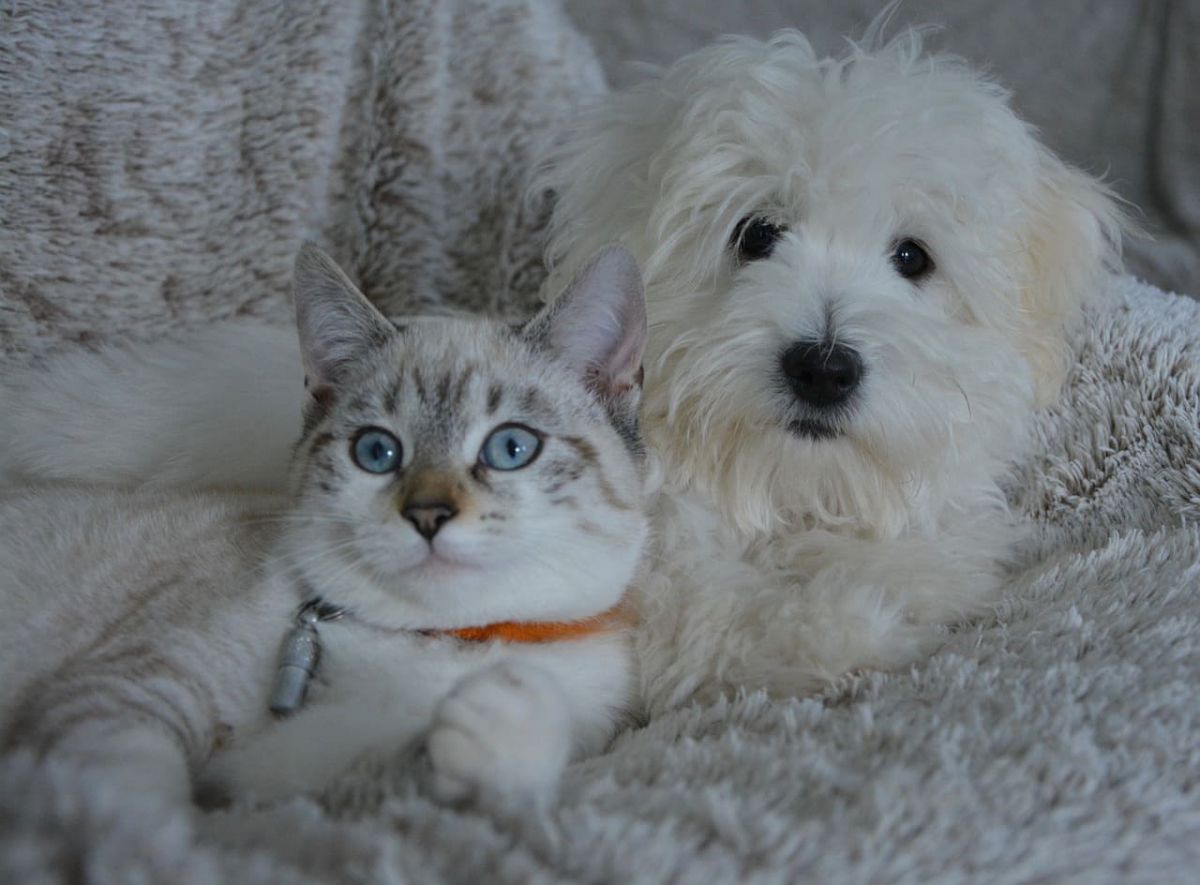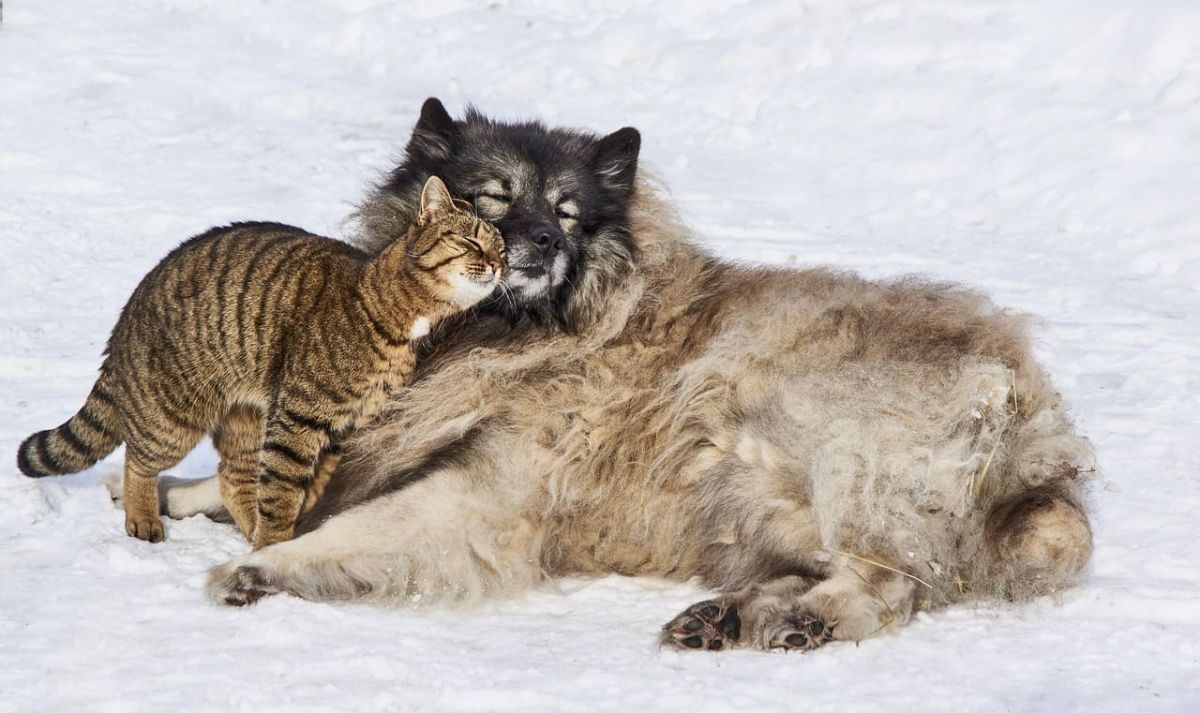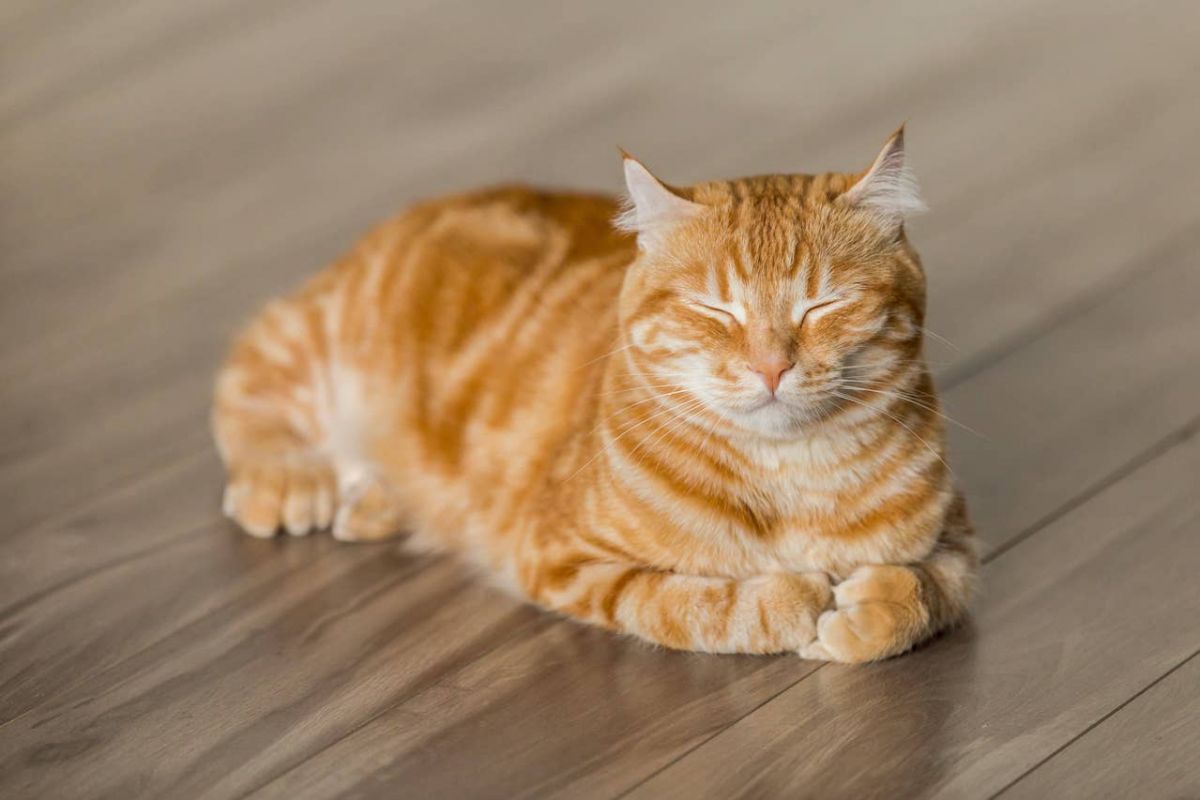The Average Lifespan of Pet Cats & Related Influencing Factors
 June 5, 2023
June 5, 2023
For centuries, cats have been human’s popular companions, being cherished for their mysterious charm and playful demeanor. These adorable feline friends gradually became fundamental members of families, thereby urging the necessity to understand their average lifespan and the various factors influencing their longevity.
Common Longevity of Cats
Generally, the lifespan of domestic cats significantly varies depending on diverse factors, notably their species, diet, living conditions, and health care. Typically, indoor pet cats can live for an average of 12-15 years, with many even reaching odds of 20 years or more. Interestingly, the oldest recorded age for a cat is an astounding 38 years and 3 days, an age significantly longer than the average.
Effect of Cats’ Breed on Lifespan
Genetics and various breeds play a significant role in determining the lifespan of a cat. Just as with humans, certain genetic traits can predispose cats to certain health conditions and impact their overall longevity. Purebreds like Siamese and Manx are known for their longevity potentially reaching up to 20 years. Conversely, breeds like the Ragdoll and Maine Coon typically have a shorter lifespan, generally between 12 to 15 years. Mixed-breed cats, often recognized as domestic shorthairs or longhairs, tend to live longer due to higher genetic diversity, which often results in heightened resistance to diseases and genetic disorders.
Effect of Cats’ Diet on Lifespan
A cat’s diet significantly impacts its lifespan as well. A balanced and age-appropriate diet can help prevent obesity, heart disease, diabetes, and a host of other health problems. It provides cats with food rich in proteins, limited carbohydrates, necessary vitamins, and minerals to sustain their lifespan. Further, clean water availability is essential because dehydration can lead to severe health issues.
Effect of Cats’ Living Environment on Lifespan
The environment in which a cat lives is also a critical factor in determining its lifespan. Cats that are indoor-only typically have longer lifespans than outdoor cats. Indoor cats are protected from various dangers as traffic accidents, predators, and exposure to infectious diseases. On the contrary, outdoor cats face an array of risks that can significantly lower their lifespan. They are more likely to encounter accidents, get into fights with other animals, consume toxic substances, or contract diseases. Creating a safe and enriched environment for indoor cats can significantly contribute to their longevity.
Effect of Cats’ Veterinary Care on Lifespan
Regular veterinary care can greatly influence a cat’s lifespan. Routine wellness check-ups, vaccinations, and early detection of health issues can all play a role in a cat’s overall health and longevity. Regular veterinary care allows for preventive measures and timely treatment when necessary, which can prevent minor issues from developing into more severe conditions that could shorten a cat’s lifespan.
Furthermore, neutering or spaying also has a significant impact on a cat’s lifespan. Neutered males have fewer chances of developing prostate problems, and spayed females have reduced risks of mammary and uterine cancers. Neutered cats are also less likely to roam, reducing the risk of fatal accidents or fights.
Summary
Generally speaking, the lifespan of pet cats involves various complex factors that intertwine and fluctuate in importance on an individual basis. Catering to their needs with proper diet, healthcare, lifestyle, and providing a safe environment will help ensure they lead a long, healthy, and happy life.

An Authoritative Glimpse into the World’s Top Ten Most Popular Categories of Pets


Why Do Cats Squirm Before Pouncing


True Heartwarming Stories: The Unbreakable Bond Between Animals and Humans


Pets’ Interesting News and Anecdotes


Owning a Pet May Help Maintain Mental Health When We’re Over 65


Pet IQ Test: Explore Your Pet's Intelligence and Potential


Pet Insurance: A Must for Comprehensive Pet Protection


Instruction to PetSmart















